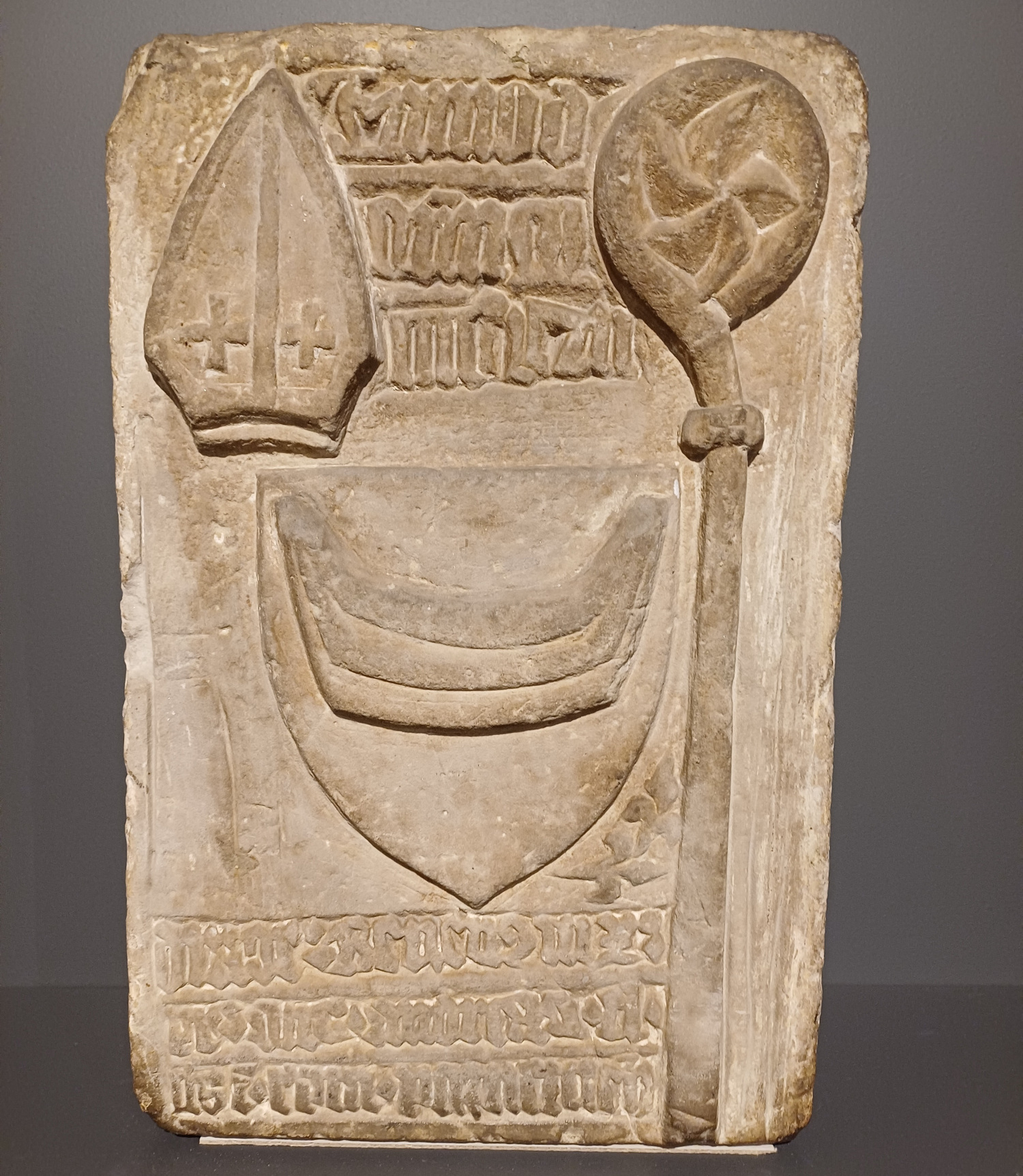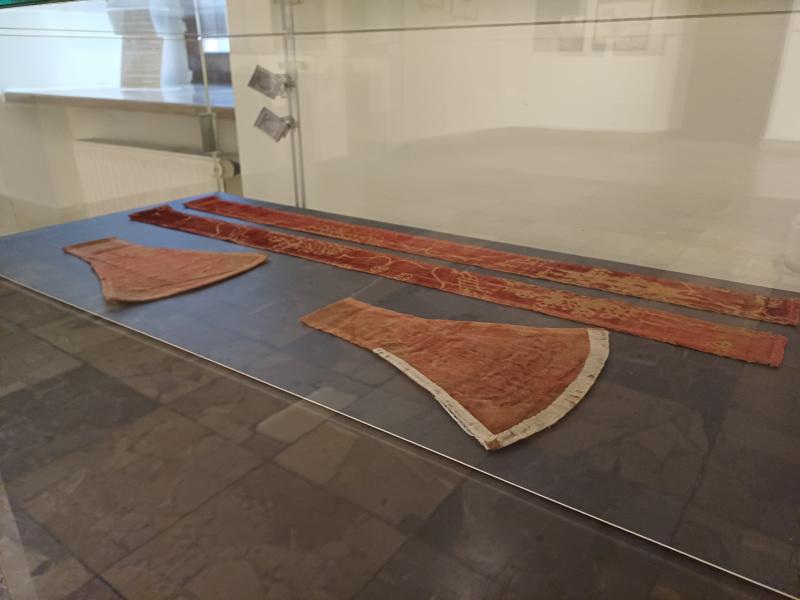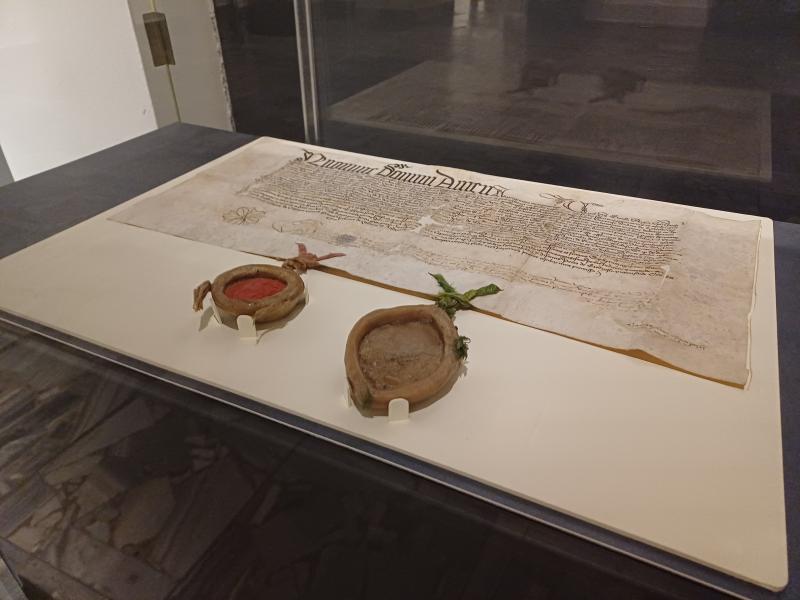Exhibitions
Departments

On display: 31 October 2023 - 24.02.2024
Exhibition curator: Olga Adamczyk
Our temporary exhibition explores the captivating history of the Górka palace, which has served as the seat of the Archaeological Museum in Poznań since 1967.
On display, you will find an array of artefacts unearthed during excavations carried out inside the palace (mainly in the courtyard and cellars), as well as the objects loaned from other museums, illustrating the changing designs and styles of the building through the various stages of its use. The exhibits include old prints, manuscripts, and letters from both the Górka family office and later users of the palace. We also present a rich collection of archival material, such as paintings and graphics, photographs, and correspondence related to the post-war reconstruction.
You can explore the complex history of the building and its inhabitants by visiting the museum's three halls. A large part of the exhibition is devoted to the highly influential Górka family, especially its most important members (including Łukasz II Górka and his son Andrzej I), whose efforts had a significant impact on the shape of the palace and the city of Poznań. The records of various chronicles on display provide an insight into the events connected with the Górka palace, which were often of a macro-regional nature. In its heyday, the building was a meeting place for princes (Albrecht Hohenzollern, Frederick I), a centre of the Reformation, an official Protestant congregation and a refuge for various religious groups.
After the death of the last male heir of the Górka family and having changed hands several times, the palace was finally sold to Magdalena Mortęska, the abbess of the Benedictine order from Chełmno. It was then transformed into the seat of the Benedictine monastery. This period is recorded as the time of significant modifications and enlargement of the building (as a result of the purchase and donation of the neighbouring quarter houses). The earliest surviving lithograph of the palace, dating from this period, was later used as a blueprint for the post-war reconstruction of the damaged structure. Consequently, the museum's current premises closely resemble the building from that time.
The 19th century saw further changes in the use of the building. In 1828, the final decision to dissolve the order was made (issued by the authorities of the Prussian Partition). Later, the palace was transformed into the first girls' high school in Poznań, founded by Ludwika von Hohenzollern. This transition led to additional renovations.
By 1880, when the school relocated to a new facility, the palace was converted into a tenement building, with a Renaissance portal bearing the date 1548 as the only visible reminder of its extraordinary history.
Like most structures in the Old Town of Poznań, the Górka Palace was severely damaged during the Second World War (especially in January and February 1945), and it was not rebuilt until the 1960s. In 1967, the Archaeological Museum's collections were moved to the new premises, marking a new phase in the building's history that continues to this day.
For more details on the history of Górka Palace, click here.
Nasza strona internetowa używa plików cookies (tzw. ciasteczka) w celach statystycznych, reklamowych oraz funkcjonalnych. Dzięki nim możemy indywidualnie dostosować stronę do twoich potrzeb. Każdy może zaakceptować pliki cookies albo ma możliwość wyłączenia ich w przeglądarce, dzięki czemu nie będą zbierane żadne informacje. Dowiedz się więcej jak je wyłączyć. OK, Rozumiem




